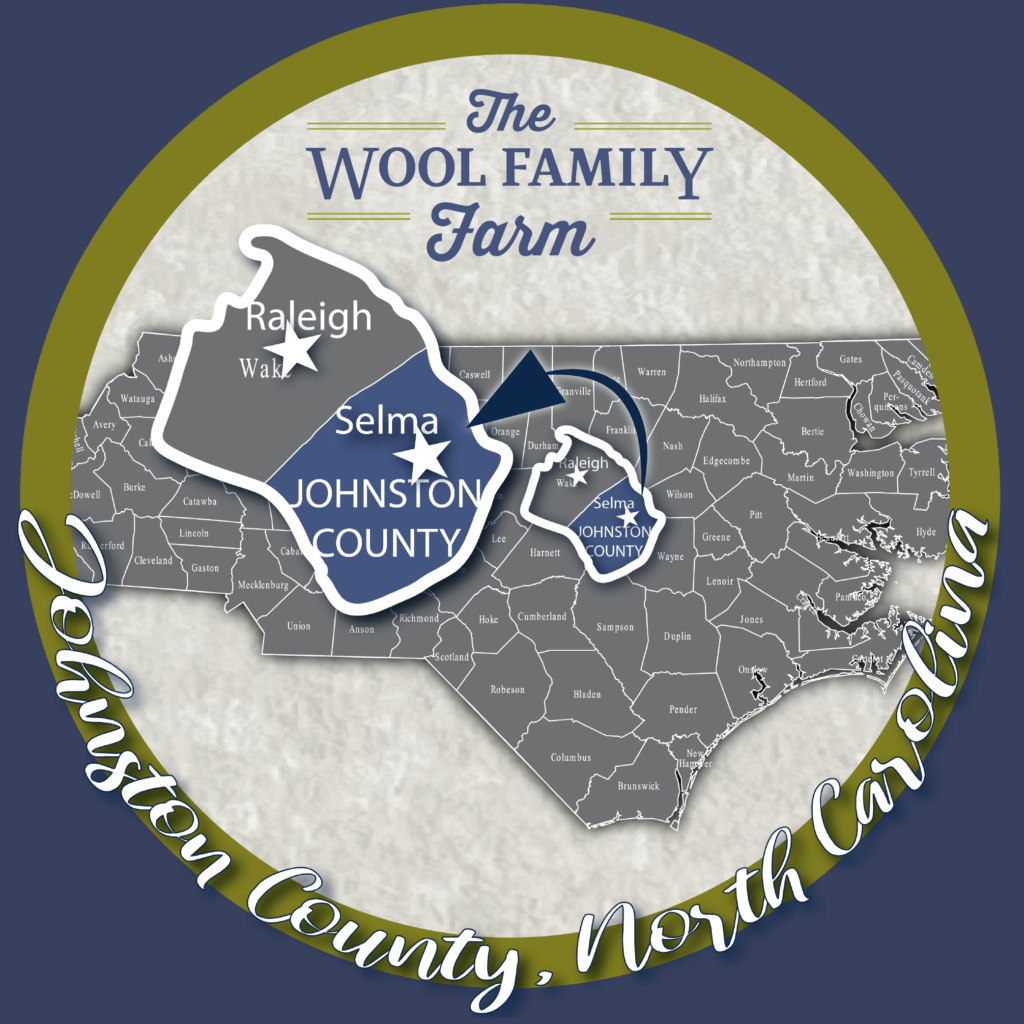To Breed or Not to Breed? Well, that’s not exactly the right question: the answer is to breed, of course, that’s what it’s all about. That’s the only way to start producing goat milk: that creamy, bright white, more-easily-digestible-than-cow’s-milk substance with which I will make delectable cheeses and luxurious soaps.
The real question is: when to breed? In farming, like most subjects in life, everyone has an opinion. After much discussion with several breeders, two veterinarians, and the customary internet research, the does should be big enough, but not too big, old enough, but not too old. What does that mean? Oh, and did I mention? Goats are “short-day breeders,” which means that they only go into heat for about 4-5 months of the year (September – January)? So, basically, time is running out for my little herd of does for this season’s breeding opportunity.
Those aren’t the only questions that need answering, either. How will the does get bred? Now that’s a doozy, considering we don’t own a buck and we have two different breeds of goats. But let’s back up for a minute and answer the first basic questions. Are my does ready for breeding? If so, how do I know when they come into heat?
The general consensus, at least among the people who actually breed and raise dairy goats for a living, is that the weight of the doe is more important than her age. The magic number? 80 pounds, give or take. Next question: just how do we determine the doe’s weight? Evidently, there is a tape measure (also magic) that, when placed around the doe’s circumference at the location of the heart, converts inches into pounds. The magic number of inches? Twenty-nine inches. If I measured correctly yesterday, I’ve got two girls definitely good to go and three more on the borderline.
Okay, so let’s assume I’ve checked size off the list. What about the actual breeding? As in all of nature, it takes both a female and a male to procreate, and I seem to be missing one of those, also known as a buck or sire. I spoke with both of my breeders, and they are willing to provide the bucks to service, so to speak, my does. Now all I have to do is figure out when they are in heat and get them to the bucks – two different locations, if we assume that the Alpines should be bred to and Apline and the Nubians to a Nubian.
Another question: do the goats have to be bred to their own breed? Answer: if the plan is to offer registered kids for sale, then yes. What’s our plan? Well, as in most aspects of our little start-up venture, that’s still an open question. Why wouldn’t the answer be yes, of course, you ask? Because nothing in life is free…there will be a stud fee associated with each attempted breeding with no guarantee of a resulting pregnancy.
We really value our breeders’ opinions and trust that we will have good results with them. Chances of conception should be good, right? Right, as long as we get the does to meet up with the bucks at the right time. So, back to that nagging question: how will I know when the does are in heat? This is what the breeders have told me to look for:
- Flagging – essential tail wagging in a sort of “Look at me!” way
- Vocal – unusual or more noticeable then the everyday “hello”
- Swelling – or pinkish coloring around the breeding opening, if you will
- Strong interest in male scent – rub a rag all over a buck and present it to the doe
I believe I may have noticed some flagging last week. I remember thinking, gee you girls sure look happy today. Also, they all are pretty quiet usually (except when they see Robert in the bathroom window in the morning), but again last week I did think they were sounding happier, a bit more vocal then they had been recently. As for the swelling, well I don’t think my eye is tuned enough just yet to make a call on that. It’s tempting to dismiss these little signs as just my imagination (or, more likely my lack of experience), but given my track record with “surprise” rabbit kindling, maybe I better pay close attention.
Oh, yeah, one more piece of the puzzle…goats come into heat about every 18 days during the breeding season. Not only do I have to pay close attention to those signs of heat, but I better remember to note them on the calendar. But how can I really be sure? After all, timing is key here and the logistics are definitely a factor. Next item on the agenda: get that buck-scented rag ready to test the number one sign of a doe in heat, according to the breeders: showing great interest in the male scent. I wonder exactly what that looks like?!
Some members of my little herd have been showing great(er) interest in me lately, too. Come to think of it, the largest two – Leah and Misty – have been nibbling at my work gloves and biting my legs trying to eat my jeans while I’m reaching into the hay bin or trying to grab some snacks for them from the feed bin. A sign of impending heat or do they suddenly love the taste of leather and blue jeans? Will they show an even greater interest in a piece of cloth that once touched a male of their own kind? Only time will tell. Guess I’ll just have to keep you posted!


